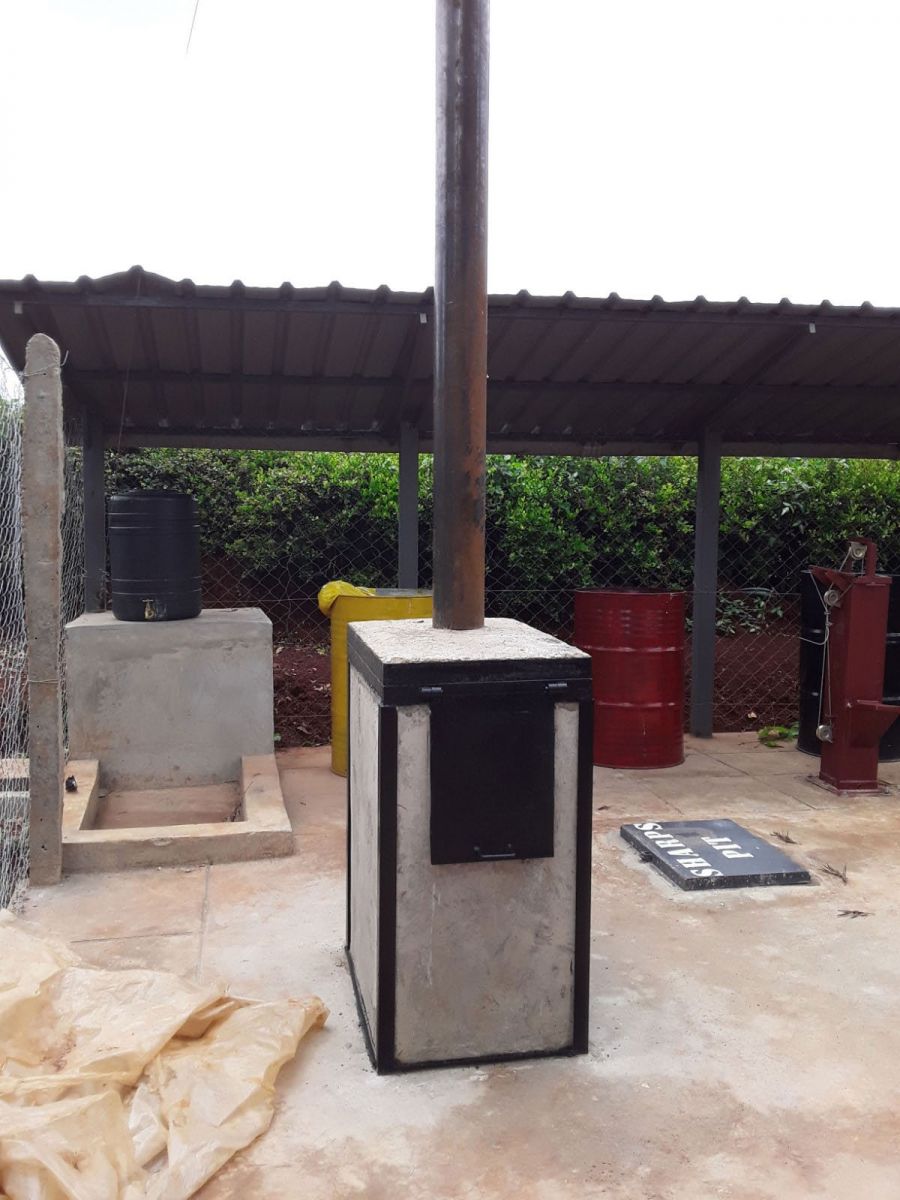Non-communicable diseases (NCDs) are the leading cause of death globally. In 2012, they caused 68% of all deaths (38 million). In my country, Kenya, there is no accurate data for people living with NCDs, but estimates show that more than 50 percent of patients admitted in hospitals are due to NCDs and contributes to more than 55 percent of deaths. This is overwhelming to the health system and a sick-populace can consequently impact on a country’s wellbeing and economic output.
In 2017, MSF started a program in Embu, to integrate medical care for patients living with NCDs into primary health facilities. This model of care for NCDs is easy to scale up, is duplicable by both MSF and the Ministry of Health (MoH) through task shifting as MoH medical staff are taken through mentoring and coaching sessions to qualify them to expertly and confidently treat NCDs. MSF currently supports 11 facilities in Embu focusing on five conditions namely asthma, diabetes, epilepsy and hypertension and other chronic obstructive pulmonary diseases.
Caring and managing an ailment does not stop with swallowing of drugs, receiving or giving yourself an injection. For quality high impact of our activities, what happens to the waste after use? Where do we or our patients the used insulin-injections to guarantee that children and adults do not abuse or step on them?
This medical waste defined as any type of rubbish that contains infectious material or material that is potentially infectious must be disposed efficiently. This is where I come in.
The components of a waste area
It sure does exist. A waste area is mostly hidden, unknown and often unacknowledged in the cycle of health care provision. A very important component in our health facilities, disposing excess completes the process of ensuring holistic medical safeguarding our patients and communities.
The temporary storage areas help to store waste before incineration or disposal in the pits. The burning chamber helps to burn all the soft or burnable waste substances.
The safety box reducer helps to burn the safety boxes therefore reducing their size- the safety box is a standard carton box designed to safely store used needles. The needles are used by insulin patients or by the medical people during treatment.
The glass crusher will be used for crushing glass to reduce their size when disposed in the sharps pit. The ash pit will hold the cold ashes after burning in the burning chambers. The sharps pit will hold the crushed glass and the charred safety boxes.
And because the waste area is fenced and has a door, it provides maximum safety for those in the vicinity; people as well as animals.
Curtailing diabetes

Following hands on training and demonstration, patients are given 30 syringes and 1 vial of insulin per month for self-administration. So far, the cohort of patients on insulin is 800.
Patients wield the power of safeguarding their community from harmful waste by using what we call, the safety box (pictured on the right) . How does the safety box work? Because the box is in the possession of patients, the used needles are put in the containers and filled up-to a marked level. Patient thereafter returns the box with the needles to their respective health facility for safe disposal. Through this we have managed to take care of the environment and protect the general population from exposure to this potentially hazardous medical waste.
Efficient disposal
An effective waste area will provide a space for temporary storage of waste, a burning chamber or incinerator, a safety box reducer used for burning boxes where needles are placed, a glass crusher, ash and sharps pit, a hand washing point as well as a lockable door.
Waste in health facilities is generated during diagnosis, treatment, immunization of people or in testing of biological components. This waste will be either soft waste that can burn, sharps waste or organic waste which decomposes. Medical waste that is possibly infectious must be handled correctly and with care to avoid contamination and injury.
Since the inception of our project in Embu county, we identified a gap in waste management. In the facilities where we work, there were either zero waste zones or the ones existing were non-functional. Waste was burned in open pits where soft waste and sharps were burned together while the two should be handled separately.
Team work
Together with a team of constructors we built six new waste areas in Kiambere, Gategi, Karau, Machanga, Kabuguri and Muchagori. We have, in addition, improved four existing waste areas in Kiritiri, Kanja, Kibugu and Kigumo.
Building and renovating these waste areas have complemented our training activities for 2020.

Kiritiri Waste zone - before and after renovations.
For untrained hygiene officers, part of my training routine is to practically illustrate waste segregation for instance the disposal of ash in an ash pit and sharps in a sharps pit, such training in a health facility is extremely important. I am determined to ensure their safety as health care workers as they, we, non-medical personnel, continue to ensure the well-being of our community.
